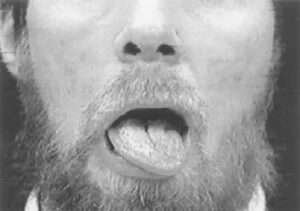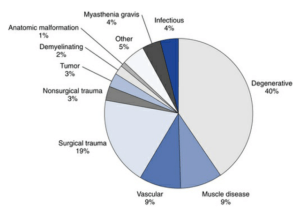BASLP 6th Semester Notes » Paper 1: Motor Speech Disorders in Adults
Unit 1: Causes & Characteristics of Dysarthria
- Definition, etiology and classification of acquired dysarthria
- General, speech and feeding related characteristics of acquired dysarthria with and without genetic underpinnings
- Vascular lesions: dysarthria following stroke/CVA, cranial and peripheral nerve palsies
- Infectious condition of the nervous system: dysarthria following meningitis, encephalitis, polyneuritis, poliomyelitis, neurosyphilis.
- Traumatic lesions: Dysarthria following TBI
- Toxic conditions of the nervous system: Dysarthria following exogenic and endogenic toxic conditions of the nervous system.
- Anoxia of the nervous system: Dysarthria following anoxic conditions
- Metabolic disorders affecting nervous system: Dysarthria following metabolic conditions that affect the nervous system, Wilson’s disease etc.
- Idiopathic causes: Dysarthria following idiopathic causes
- Neoplastic lesions of nervous system: Dysarthria following neoplastic lesions in the nervous system
- Demyelinating and degenerative conditions: Huntington’s Chorea, Parkinson’s, Multiple Sclerosis, Motor Neuron Diseases
Motor Speech Disorders: Definitions and Classification
Motor Speech Disorders: Definitions and Classification: Motor Speech Disorders can be defined as speech disorders resulting from neurologic impairments affecting the planning, programming, control or execution of speech. Types of Motor Speech Disorders There are two...
Flaccid Dysarthrias: Causes and Characteristics
Flaccid Dysarthrias Causes and Characteristics: Flaccid Dysarthrias are a perceptually distinct group of Motor Speech Disorders (MSDs) caused by injury or disease of one or more cranial or spinal nerves. They reflect problem in the nuclei, axons or neuromuscular...
Follow us on
For more updates follow us on Facebook, Twitter, Instagram, Youtube and Linkedin
Contact us
Contact us for any query related to Audiology & Speech Language Pathology Courses
About us
Contact us for any query related to Audiology & Speech Language Pathology Courses


